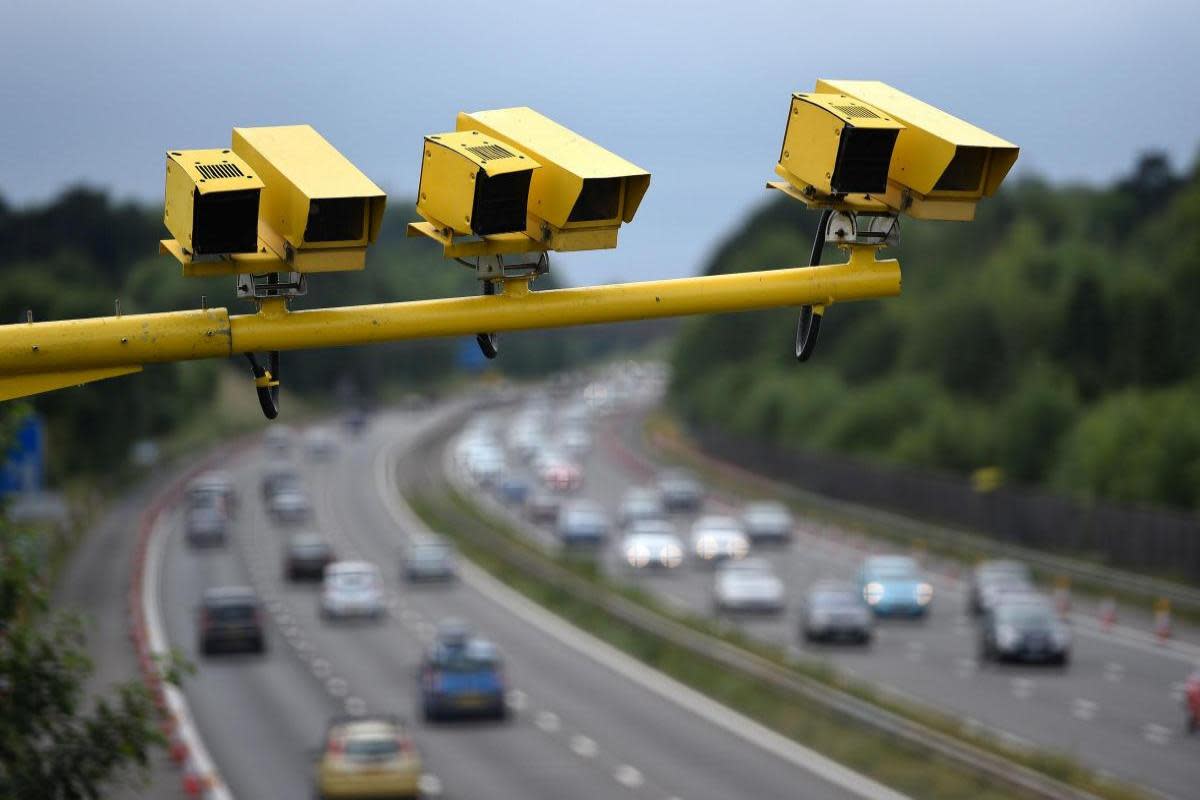Must speed cameras be visible? Here are another 5 speed camera myths busted

Speed cameras are effective measures to ensure road safety, but a lot of people seem to get confused about them.
From the '10% rule' to the distance they can catch you, there are a lot of myths surrounding them.
The UK government has been running road safety campaigns for more than 75 years.
The Central Office of Information (COI) ran the government’s road safety campaigns until 2000, when THINK! was officially established as the government’s designated road safety campaign.
Here are some speed camera myths you might want to consider when next out travelling on the roads. https://t.co/l4LPuYMGTf
— Daily Echo (@dailyecho) June 11, 2024
Here are 5 speed camera myths according to THINK! and Speed or Safety:
‘You have to be a police officer’
NO- the enforcement officer can be a trained civilian who has authorisation from the Chief Constable.
‘You have to be visible’
NO- there are no laws about visibility, however, we maintain that being visible acts as a deterrent so therefore we only used marked vehicles and all speed cameras are Hi-Vis yellow.
Recommended reading:
How far can a speed camera catch you? This will shock you
Speed camera myths - from flashing lights to the 10% rule
Can you get caught speeding on the other side of the road?
‘You have to put signs out’
NO- we do not have to place any signs at an enforcement site, however, to assist those drivers who are unsure of the speed limit a sign is fixed to the street furniture or placed at the roadside before entering the enforcement area. NB only at our core enforcement sites.
‘The threshold for speeding is 10% + 2mph, so I can travel at 35mph in a 30mph limit’
Thresholds vary and can change without notice. Any offence occurs at 1mph over the limit, officially you can be prosecuted at that speed, however, most forces will allow a variance.
‘Where we park’
A camera van isn’t subject to parking regulations when carrying out speed enforcement, however, we expect our staff to use discretion and common sense while adhering to local guidelines and designated parking locations.

 Yahoo News
Yahoo News 
